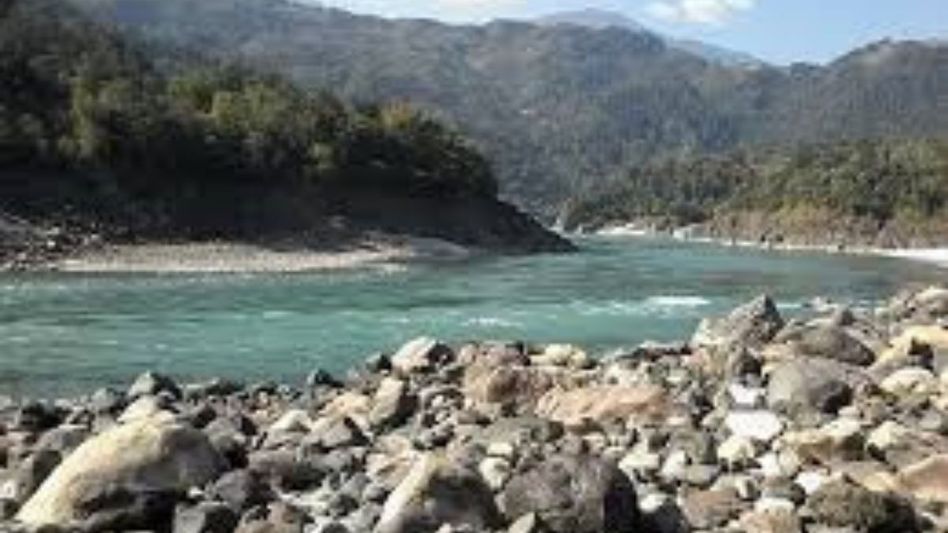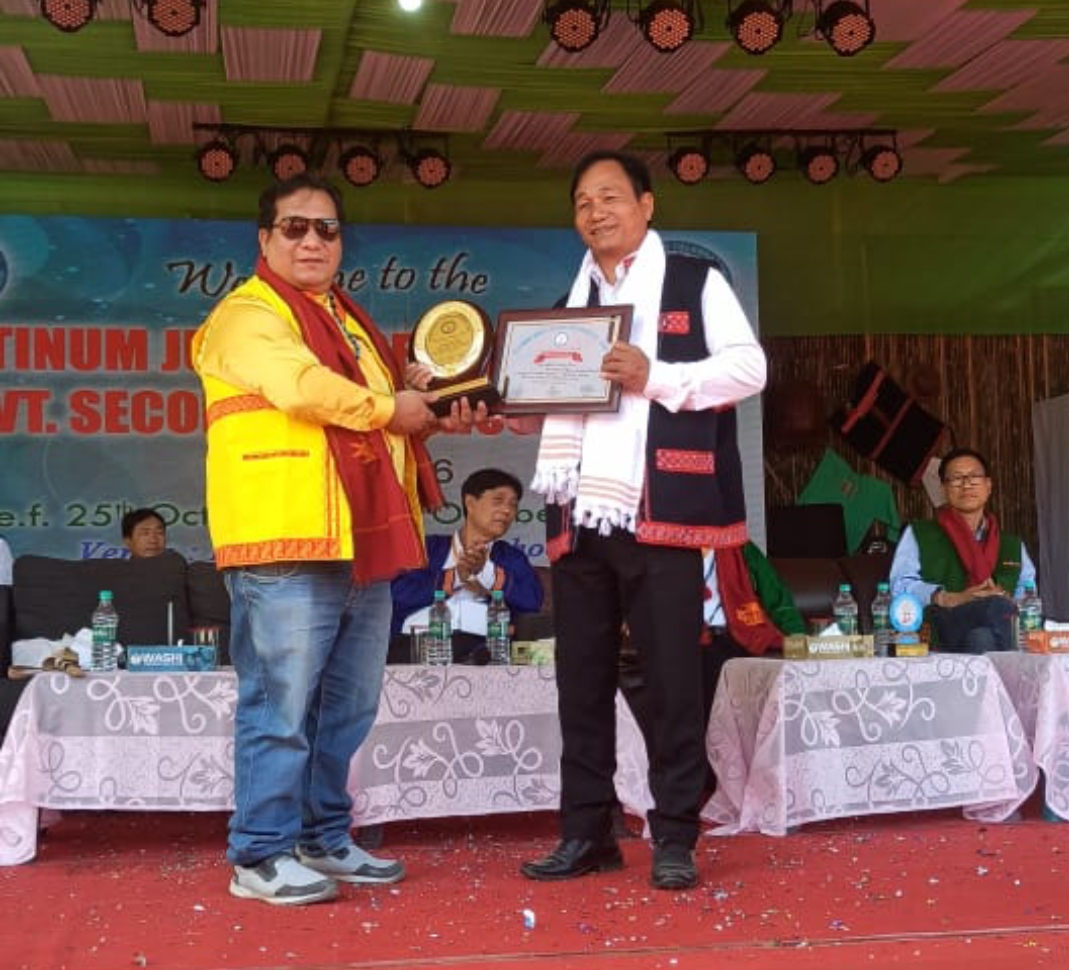Over a hundred civil society organizations and environmental groups have urged President Droupadi Murmu to withdraw paramilitary forces deployed to facilitate a preliminary survey for a proposed 11,000-megawatt hydroelectric dam on the Siang River in Arunachal Pradesh.
The Upper Siang Hydropower Project, situated in the Upper Siang district of the state, is viewed as a strategic move to counter China’s hydroelectric projects on the Yarlung Zangbo (Brahmaputra) River, particularly a massive 60,000 MW dam planned in Tibet’s Medog county.
Fearing displacement and severe environmental impacts, the local indigenous population, primarily from the Adi tribe, has been actively protesting against the project. Reports indicate that the government commenced deploying Central Armed Police Force personnel to the district last week to enable a preliminary survey, which has triggered peaceful protests in the valley.
Arunachal Pradesh Chief Minister Pema Khandu declared on Thursday that the government would not pursue the hydropower project if the local people oppose it.
A total of 109 people’s organizations and environmental groups from across the country, especially from Himalayan states, have submitted an urgent appeal to the President, demanding the withdrawal of paramilitary troops from the Siang Valley in Arunachal Pradesh.
Their letter emphasized that India is a signatory to various conventions and climate treaties committed to safeguarding not only the rights of indigenous people and their livelihoods but also the biodiversity and ecosystems they depend on for survival.
The Siang district in Arunachal Pradesh is renowned for its rich biodiversity, particularly within the Dihang-Dibang Biosphere Reserve.
The UN Declaration on the Rights of Indigenous Peoples, to which India is a signatory, grants Indigenous peoples the right to consent or withhold consent to any activities that may impact their lands, resources, livelihoods, and health, the civil society organizations and environmental groups asserted in their open letter to the president.
They expressed concern that the state and central governments have reneged on their earlier promise that no project activities would commence without the consent of the people.
The letter highlighted recent evidence of the hazardous nature of hydroelectric dams in the Himalayan region.
Numerous parts of the Western Himalayas have witnessed an unprecedented increase in the frequency and intensity of climatic events such as floods, glacial lake bursts, cloud bursts, landslides, sinking land, and avalanches in recent years, it stated.
The devastating 2013 Uttarakhand floods resulted in the loss of over 5,000 lives and caused significant damage to numerous hydroelectric projects. In 2021, an avalanche in Chamoli triggered catastrophic floods that destroyed hydroelectric infrastructure and claimed over 200 lives.
In 2023, a glacial lake outburst in Sikkim severely damaged the Teesta III Dam. Furthermore, the Malana Dam in Himachal Pradesh collapsed due to a sudden upstream flood, the CSOs reported.
They added that these events not only destroyed hydroelectric infrastructure worth hundreds of crores but also swept away public infrastructure and private properties, including homes, farms, and fields downstream of the dams.
Casualties resulting from floods and landslides have also been on the rise in the Himalayan region in recent years. These events are significantly increasing the region’s disaster potential, as supported by numerous scientific studies, the letter stated.
A recent study conducted by NASA predicts an over 30 percent increase in landslide hazards by the end of the century compared to baseline levels recorded between 1990 and 2014.
The areas surrounding and downstream of dams are highly vulnerable to landslides and subsidence due to slope destabilization caused by blasting and excavation.
The people of the Siang Valley are acutely aware of the sensitivity of their landscape, the rapidly changing and unpredictable climatic conditions, and the potential hazards associated with such large-scale constructions in this topography, the letter stated.
Furthermore, the CSOs emphasized the critical need for India to reassess its hydroelectric plans in the Himalayas, as river discharges are diminishing, leading to a decline in hydroelectric generation for a significant portion of the year.
Entities like the NHPC have consistently failed to commission mega-projects on schedule due to the aforementioned challenges, inadequate geological risk assessments, or insufficient disaster potential assessments. They have been operating at a loss, which significantly impacts public finances.
This is also evident in the situation at the under-construction 2,000 MW Subansiri Lower Hydropower Project on the Assam-Arunachal Pradesh border, they asserted.




















